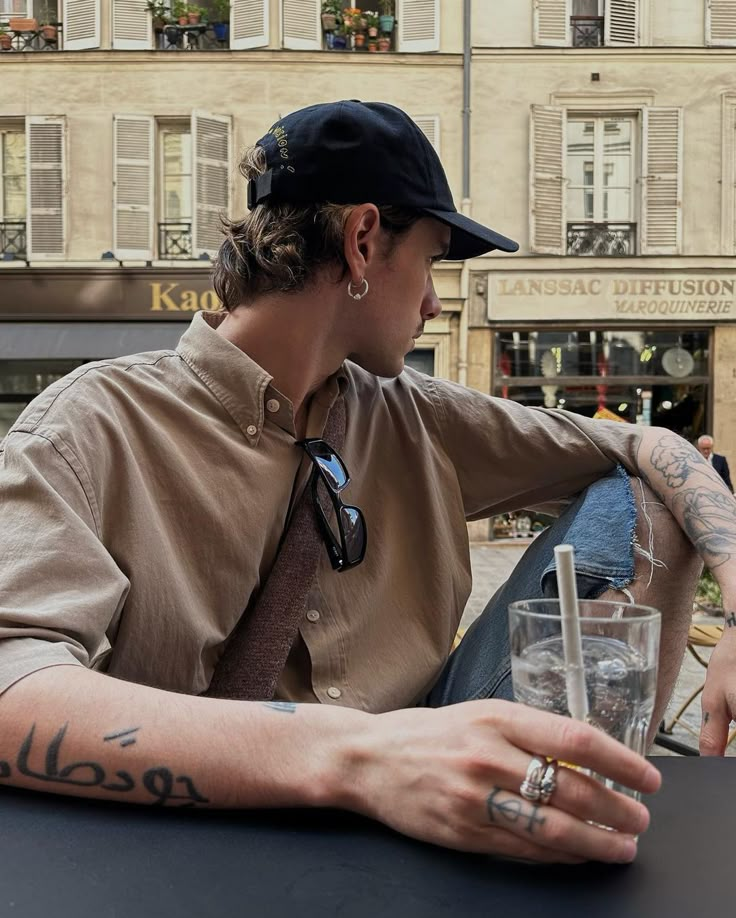
This Year’s Fashion Focus: What’s Influencing Style in 2025
Introduction
As we move deeper into 2025, the fashion industry continues to evolve with astonishing creativity, technological innovation, and cultural dynamism. Designers, brands, and consumers alike are all participating in shaping a style narrative that’s more personalized, diverse, and socially aware than ever before. This year, fashion is being influenced by a wide array of forces—from sustainability movements and digital transformations to nostalgic revivals and futuristic materials. The result is a fascinating interplay of heritage and modernity, where self-expression leads the way. In this comprehensive style breakdown, we’ll explore the defining trends, materials, inspirations, and ideologies influencing what we wear and how we present ourselves in 2025.
The Rise of Purpose-Driven Fashion
Fashion in 2025 is not just about aesthetics—it’s about meaning. Consumers are increasingly aligning their style choices with their personal values, prompting brands to embrace transparency, social responsibility, and ethical production. Labels are becoming more mission-driven, integrating philanthropy and activism into their business models. From supporting marginalized communities to promoting body inclusivity, fashion is evolving into a platform for advocacy. Shoppers are looking beyond the surface to discover the stories behind their garments, turning every outfit into a statement of conscience.
Digital Integration in Wardrobe Culture
The line between physical and digital fashion has blurred significantly. Virtual fashion collections, digital fitting rooms, and AR try-on experiences are becoming standard practices. NFTs (non-fungible tokens) linked to limited-edition apparel are introducing scarcity and collectibility into the digital realm. Meanwhile, fashion influencers on platforms like TikTok and Instagram are pioneering metaverse-inspired looks that merge tech with streetwear. Consumers are no longer just wearing clothes; they are engaging in immersive, tech-enhanced experiences that redefine ownership and identity.
Nostalgia Meets Innovation
This year sees a powerful resurgence of retro styles, from the grunge revival of the 1990s to the vibrant prints of the 1970s. However, these re-emergent aesthetics are being interpreted through a contemporary lens. Designers are juxtaposing vintage silhouettes with high-tech materials and future-forward tailoring. Think flared pants constructed from bioengineered fabrics or disco-inspired ensembles with integrated LEDs. The fusion of past and future is giving rise to a new genre of style—one that honors the charm of previous decades while anticipating what’s next.
Textile Innovation and Sustainable Materials
Textile technology continues to push boundaries, with 2025 spotlighting sustainable innovations such as mushroom leather, hemp blends, recycled ocean plastics, and carbon-negative fabrics. These eco-conscious materials are no longer niche—they’re becoming mainstream. Fashion brands are investing in biodegradable dyes, zero-waste production techniques, and modular garment designs to extend lifecycle usability. The commitment to planet-friendly materials is transforming both the supply chain and consumer mindset, making responsible fashion the new norm.
Fluidity in Gender Expression
Traditional gender norms in fashion are being challenged and dismantled. Designers are releasing gender-neutral collections that prioritize silhouette and function over classification. The fashion community is celebrating individuality, allowing wearers to transcend binary constraints through personal styling. Skirts, kilts, suits, and makeup are embraced by all genders, opening up a more inclusive and liberated vision of style. Fashion in 2025 invites everyone to express who they are—unfiltered, unapologetically, and authentically.
Cultural Cross-Pollination
With global connectivity at an all-time high, fashion is drawing inspiration from a rich mosaic of cultures, histories, and aesthetics. Designers are collaborating with artisans around the world to spotlight indigenous craftsmanship and textile traditions. Whether it’s African beadwork, Japanese indigo dyeing, or South American embroidery, global references are being respectfully reimagined for contemporary wardrobes. This celebration of cultural diversity fosters creativity while encouraging dialogue about heritage and representation in the fashion space.
Functionality as a Design Philosophy
Functionality is no longer separate from fashion—it’s central to it. In 2025, clothing is designed not just to look good but to perform. Weather-resistant jackets, adaptable layering systems, modular accessories, and garments with built-in storage solutions reflect the increasing demand for practicality. Athleisure continues to evolve, combining sporty silhouettes with luxurious materials and tailored cuts. Whether for work, travel, or leisure, today’s fashion is built to serve lifestyle needs without compromising on elegance.
Microtrends and Hyper-Personalization
The internet age has accelerated the pace of trend cycles, giving rise to microtrends that emerge and evolve within weeks. Platforms like Pinterest, Depop, and TikTok are democratizing influence, allowing niche aesthetics to go viral and reshape the market overnight. Consumers are curating wardrobes based on their unique identities, subcultures, and fandoms, creating an ecosystem of hyper-personalized fashion. Algorithms, AI stylists, and recommendation engines further enable shoppers to tailor their fashion journeys with unprecedented precision.
Color Psychology and Mood-Driven Palettes
In 2025, color is not just visual—it’s emotional. Fashion houses are leveraging color psychology to tap into consumer moods, mental wellness, and aesthetic experiences. Calming tones like lavender and sage evoke tranquility, while energizing shades like tangerine and electric blue inspire movement and creativity. Seasonal palettes are becoming more experimental, with unexpected combinations that reflect both internal and external landscapes. This emotional layering of hues adds depth to personal style and marketing strategies alike.
The Power of Community in Style Identity
Fashion is becoming more collaborative and community-centric. Instead of looking to traditional gatekeepers, people are turning to digital communities, forums, and peer networks for inspiration. Group styling challenges, DIY projects, and co-designed collections empower individuals to participate in fashion’s evolution. This collective spirit encourages experimentation, inclusivity, and shared identity, making fashion a space where connection is just as important as creativity.
Conclusion
The style landscape of 2025 is multifaceted, driven by the convergence of ethics, innovation, history, and personal expression. It’s a world where fashion serves not only as a reflection of societal shifts but also as a catalyst for change. From sustainable materials to virtual styling, from nostalgic revivals to future-forward design, every aspect of the fashion world is transforming with purpose and passion. As we continue through the year, one thing is clear—fashion in 2025 is not about following trends, but about setting them with intention, vision, and heart.


